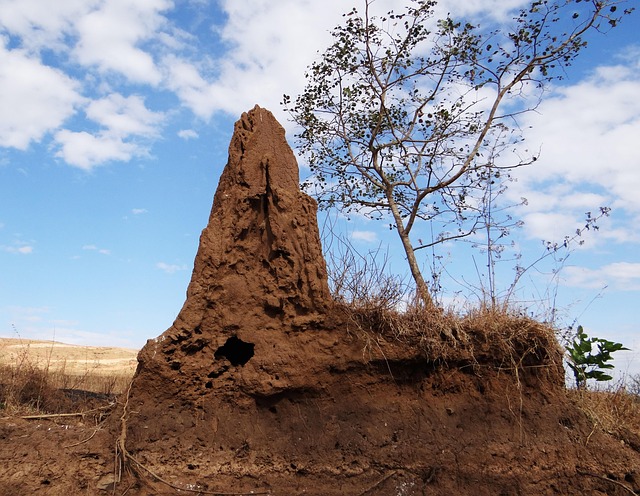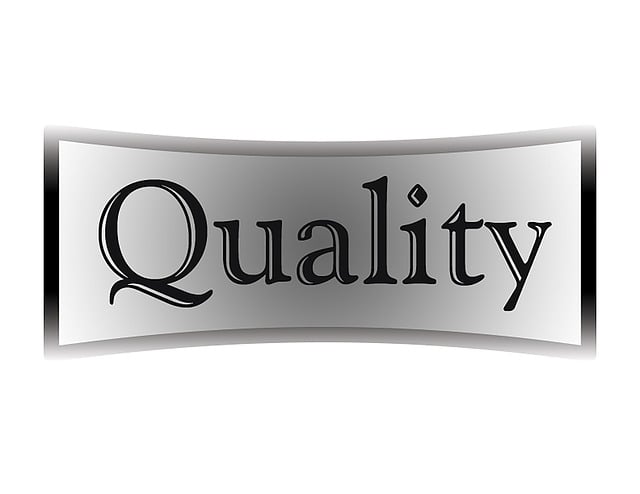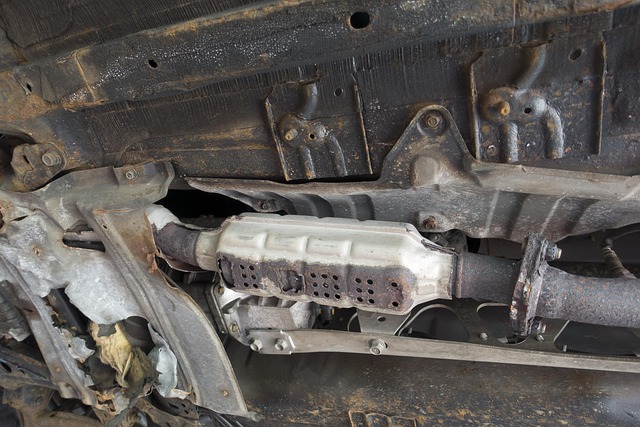Regular termite inspections (every 3-5 years) are crucial for homeowners to prevent severe structural damage caused by termites. Signs of infestation include mud tubes, weakened walls, and wood damage. Early identification enables effective repair solutions. Professional inspectors assess structural elements, identify vulnerable areas, and recommend suitable control methods (chemical or natural). Post-infestation repairs involve removing infested materials, sanitizing, making structural fixes, and sealing entry points to prevent future infestations. DIY repairs without proper knowledge can lead to further damage; thus, prioritize professional inspections for accurate identification and long-term prevention.
“Termites can cause devastating damage to homes, leaving visible or subtle signs that may go unnoticed. Understanding termite damage is the first step towards effective repair and prevention. This comprehensive guide explores the entire termite repair process, from identifying infestations to implementing solutions.
We delve into the world of termite inspections, highlighting their importance in early detection. Learn about different termite types and behaviors, and discover natural vs chemical control methods. By following post-damage repair tips and preventive measures, homeowners can protect their investments and avoid costly mistakes.”
Understanding Termite Damage: Common Signs and Symptoms

Termite damage can often go unnoticed until it becomes severe, making regular termite inspections crucial for homeowners. These insects are master builders, creating intricate networks of tunnels beneath and within structures, which can result in substantial structural damage over time. Understanding the common signs of termite infestation is essential for prompt action.
One of the most visible symptoms is the presence of mud tubes or “galls” on walls, floors, or ceilings. These tubes, made from a mixture of soil, saliva, and wood particles, provide termites with protection as they forage for food. Other indicators include weakened or bulging walls, doors that stick or don’t close properly, and signs of wood damage, such as peeling paint or warped floorboards. Regular termite inspections can help identify these issues early, allowing for effective repair solutions before extensive damage occurs.
The Role of Termite Inspection: When and How to Get One

Termite inspections are a proactive measure that can save homeowners significant time and money in the long run. Regular checks, typically recommended every 3 to 5 years, help identify potential termite infestations early on. Early detection is key as it allows for quicker treatment, preventing extensive damage to your property. During an inspection, professional exterminators thoroughly assess the structure, looking for signs of termites, their feces, or any structural weaknesses they might exploit.
Timing is crucial; inspections are best conducted during the warmer months when termite activity is at its peak. As these insects are drawn to moisture and wood, areas with high humidity or recent leaks should be given special attention. Promptly addressing any issues found during an inspection can stop termites from causing further damage, ensuring your home remains a safe and secure investment.
Identifying Infestation: Different Types of Termites and Their Behavior

Identifying a termite infestation early is key to effective repair solutions. Termites are often hidden from sight, making it crucial to employ professional termite inspections. These thorough assessments involve examining structural elements, wood, and potential entry points for signs of damage or presence of termites. During an inspection, experts look for distinct patterns indicative of various termite types.
There are multiple species, each with unique behaviors. For instance, subterranean termites build intricate underground nests and travel in large colonies, often causing extensive damage to structures over time. Drywood termites, on the other hand, nest within wood, leaving behind distinctive frass (termite droppings) and creating visible holes. Recognizing these signs and understanding termite behavior is vital for targeting specific repair methods during post-inspection.
Termite Repair Process: From Assessment to Implementation

The termite repair process begins with a thorough termite inspection. This involves a detailed assessment of your property by a professional, who will identify any existing damage and determine the extent of infestation. During this phase, they’ll also pinpoint vulnerable areas where termites might be likely to return. Once the inspection is complete, a comprehensive report outlining the findings and recommended repair solutions is presented to you.
After the inspection, implementation of the chosen termite repair solution begins. This could involve structural repairs to eliminate entry points, applying termiticides to prevent future infestations, or both. The goal is not only to stop active termites from causing further damage but also to create an environment that discourages new colonies from establishing. Throughout the process, ongoing monitoring and follow-up inspections are crucial to ensure the effectiveness of the repairs and to catch any potential issues early on.
Effective Termite Control Methods: Chemical vs Natural Solutions

Effective termite control is a delicate balance between protecting your property and preserving the environment. Traditional chemical solutions have long been the go-to method, offering fast and aggressive treatment. However, with growing concerns about chemical residues and potential ecological impact, there’s a shift towards natural alternatives. These eco-friendly solutions aim to disrupt termite behavior without leaving harmful traces.
One such approach is to utilize natural predators like certain species of ants that have a history of hunting termites. Termite inspection professionals can identify these predator-prey relationships and implement strategies to encourage their presence near affected areas. Additionally, organic pesticides derived from plants can be effective in repelling termites without causing significant harm to nearby ecosystems or indoor environments. Regular termite inspections are key to identifying infestations early, allowing for the implementation of the most suitable control method, whether chemical or natural.
Restoring Your Property: Tips for Post-Termite Damage Repair

After a termite infestation, repairing your property is a multifaceted process that requires careful planning and execution. The first step is to conduct a thorough termite inspection to assess the extent of the damage and identify any remaining nests or infested areas. This step is crucial as it helps in devising an effective repair strategy. During the inspection, professionals will look for signs of termite activity, including mud tubes, damaged wood, and distinctive patterns of decay.
Once the infestation is contained, repairing the property involves several stages. It starts with removing any infested or damaged materials, such as wood, drywall, or insulation. This is followed by sanitizing the affected areas to prevent further colonization by termites. Afterward, structural repairs are made using suitable materials that are resistant to termite damage. Finally, sealing entry points and applying preventive treatments can help protect against future infestations during the restoration process.
Preventive Measures: Protecting Your Home from Future Infestations

Regular termite inspections are a proactive measure to safeguard your home against these insidious pests. A professional termite inspector can identify potential entry points, detect early signs of an infestation, and provide valuable insights into the specific species affecting your property. By conducting annual or bi-annual checks, you can catch any issues before they escalate, saving you time and money on extensive repairs.
Implementing preventative measures is key to maintaining a termite-free environment. This includes sealing potential entry points like cracks in foundations or walls, ensuring proper ventilation, and removing sources of moisture that attract termites. Regular maintenance and awareness are powerful tools in the battle against these wood-eating insects.
Common Mistakes to Avoid During Termite Repair and Prevention

During termite repair, common mistakes can lead to further damage and costly repairs. One of the biggest blunders is attempting to DIY the process without proper knowledge and equipment; termites are subtle invaders, and their presence might not be immediately apparent. Therefore, relying on professional termite inspections is paramount before any repair work commences. Ignoring these assessments may result in missing active infestations or misidentifying damage caused by other pests.
Another mistake to steer clear of is using subpar materials for repairs. Termites are attracted to certain types of wood and moisture, so using the wrong materials can invite them back. Ensure that all repairs are made with termite-resistant wood and that any sources of moisture in the affected areas are addressed to prevent further attraction. Additionally, keeping the area well-ventilated and regularly monitoring for any signs of termite activity post-repair is essential for long-term prevention.
